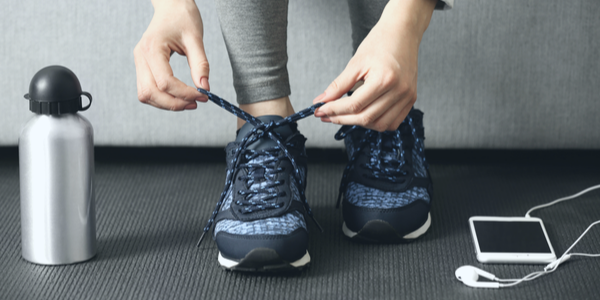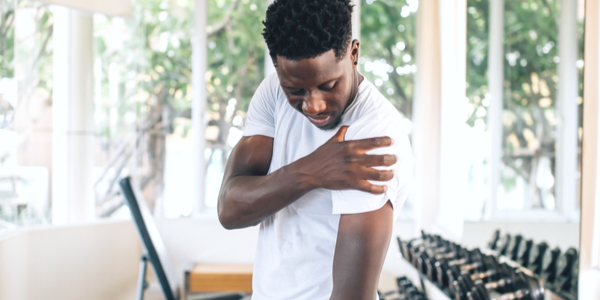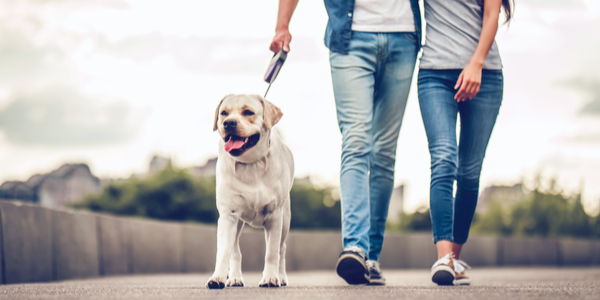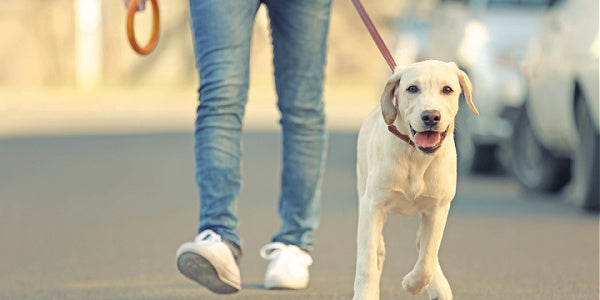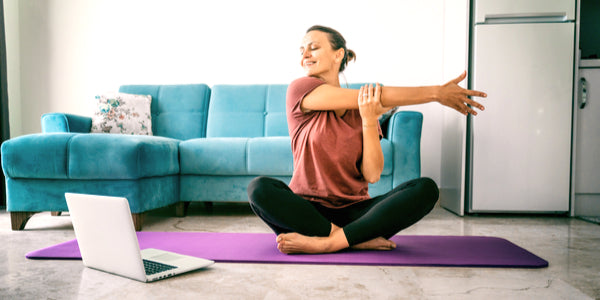
Flexibility is an important component of physical fitness that elicits numerous positive health benefits. Most often associated with sports like gymnastics, dance, and yoga, some sort of flexibility is beneficial for all athletes and exercise aficionados.
In this article, learn how to become more flexible and more about why it is so beneficial.
How Can Flexibility Help Me?
Flexibility is especially helpful for improving mobility, posture, and muscle coordination. It can also help reduce the risk of injuries and muscle soreness. In essence, flexibility increases range of motion, which can then improve the execution of certain exercises like the squat.
Often, flexibility is associated with static stretching. This is where one holds a stretch for an extended period of time, usually around 15 to 30 seconds. However, there are other ways to increase flexibility including foam rolling, pilates and yoga, and dynamic stretching, a form of moveable stretching.
Interestingly, Runner's World further describes flexibility, suggesting the definition as "the connective tissue's passive range of motion," with an emphasis on passive. The source explains flexibility is passive rather than active like mobility, although most immediately picture the classic toe touch as the epitome of flexibility.
All-in-all, flexibility and mobility work synergistically and both are important for general daily movement and athletics.
Nonetheless, different degrees of flexibility training will help optimize specific sports. For example, maximum flexibility is crucial for ballet dancers while more limited flexibility might be better for runners and bikers.
Consequences of Limited Flexibility
Conversely, limited flexibility can wreak negative consequences. Restricted flexibility leads to joint and muscle stiffness and muscle shortening, which is also a natural consequence of aging. This is why it is that much more important for older populations to continue practicing flexibility.
In short, limited flexibility can:
• Impede activities of daily life like reaching down to pick up something
• Hinder various exercise movements mostly associated with strength training
• Increase risk of injuries
Full Body Stretch Routine
The simplest way to ensure a full-body stretch is to begin from the toes or neck and work up or down. Likewise, be sure to target every major muscle joint/group. Which area one begins is less important than focusing on form and holding or moving through the position with intention.
Try this full-body dynamic stretch routine before a workout to warm up muscles and prepare them for the upcoming feat. Complete each move for 15 to 20 seconds and repeat 1 to 2 more times if desired.
1. 10 neck circles in each direction
2. 20 arm circles forward and backward
3. 15 inchworms
4. 10 side to side and front to back leg swings each leg
5. 10 standing airplanes each leg
6. 20 total walking toe touches
7. 15 ankle flexes front and back and circular
Post-workout, try this static stretching routine to allow muscles to cool down and begin the repair process by preventing excessive stiffness. Hold each move for 15 to 20 seconds and only complete once.
1. Lateral squat stretch
2. Kneeling quad stretch with a twist
3. Lying hip flexor stretch
4. Lying single-leg knee hug
5. Toe touch
6. T spine stretch
7. Crossover shoulder stretch
8. Child's pose
9. Cat cow oblique stretch
10. Backwards bridge
Simple Workouts to Improve Flexibility
Indeed, certain strength exercises can improve flexibility. But in general, the best kind of workouts to increase flexibility include yoga, pilates, tai chi, jujitsu, gymnastics, and all types of dance.
Additional options include naturally incorporating resistance bands, yoga balls and blocks, and foam rollers into a workout or stretch routine.
Here is an example of a workout that utilizes exercises from various styles of exercise just mentioned. Treat this as a traditional workout and perform each exercise 2 to 4 times with 10 to 20 repetitions before moving onto the next one.
1. Airplanes
Stand on one leg with the other leg pulled towards the chest and arms are hugging the knee slightly. Slowly use hips to hinge forward and kickback. Reach out the arms in front until the torso is parallel with the floor.
2. Chair Pose
Start standing tall and sit back as if sitting in a chair. Hold the position for 4 to 6 seconds before standing back up straight or pulse in chair pose for 4 to 6 seconds before returning to the original standing position.
3. Superman
Lying on the floor stomach down, lift arms and legs in tandem and hold for 30 to 60 seconds. Decrease difficulty by lifting one arm and opposite leg and increase the difficulty by holding a small weight with arms.
4. Abdominal Scissor Kicks
Lying on the back, lift shoulders slightly off the ground, squeeze abdominals and lift legs off the ground. Bring one leg at a time to the chest and gripping behind the knee for a count of 1 to 2 before switching legs.
5. Side Leg Lifts
Stand tall with a squeezed core and feet flat while slightly turned outside (or in plie position if advanced). With pointed toes, lift the left leg to the side as high as it will go. Repeat on the right leg.
6. Romanian Deadlift
Start standing straight up (can hold weight like a dumbbell or barbell). Hinge the hips and glide arms downwards sort of like taking off a pair of pants. Bend knees to feel a stretch in the glutes and keep as straight as possible for more of a hamstring stretch.
7. Tricep Pushup to Downward Dog
Start in a pushup position with arms closer to the side of the body (to target triceps more than chest). Do one pushup then immediately go into downward dog and hold for 1 to 2 counts before returning to pushup position.
8. Windmills
Lying on the ground, lean both legs to one side. Then swing them over to the other side, back and forth, focusing on using oblique abdominal muscles as propulsion.
The Bottom Line
As with any type of physical activity, improving flexibility takes time. Set intentions to stretch at least three to four times a week for even just five minutes. This extra little effort will leave you limber, agile, and better able to perform activities of daily living.
Also, consider consulting in professional help as needed and tired. For instance, some professional trainers undergo flexibility training and could be helpful to get and keep you going!
References:
Seana. Flexibility: Do I really need it? FREELETICS. https://www.freeletics.com/en/blog/posts/flexibility/.

